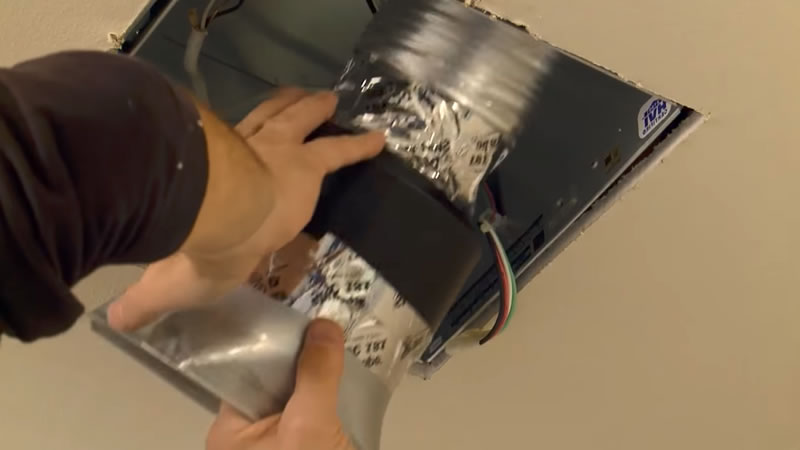For decades the US government and many local municipalities have endeavored to clean up the air we breathe outside. They’ve done a great job of it so far, but have a considerable ways to go to really get it clean. However, one often overlooked factor, is the poor indoor air quality that many of us face. When we are inside of our homes, many of the pollutants are trapped along with us and we end up breathing a concentrated mixture of various pollutants. Here are some of the worst offenders and how you can start eliminating the health threat.
Of course, cigarettes are one of the most potent indoor pollutants known, if you have a smoker in your home, you already know. While at work and in most public places, smokers are required to go outside, in the cold, and kill themselves there. But at home, many defiant smokers resist the pressure and clog up the air with their cancerous fumes.
Wood stoves can also be a source of indoor pollutants and they are mostly unknown with very few studies. Plus, it depends on how well the stove was installed, how it’s maintained, and what kind of fuel is used in it. If you know someone that has one and their clothes smell of smoke, they probably don’t realize it, but they could be damaging their health while heating their home.
Cleaners, paints, perfumes, air fresheners, furniture polishes, and even deodorants can all be sources of poor indoor air quality. They should all be used only in well-ventilated areas, like with an exhaust fan, and mostly limited when possible.
It can be hard to believe but the scientific results are clear, the fumes from cooking can contain many toxic compounds. Researchers have found that even the fumes from a gas stove alone create nitrogen dioxide at levels higher than what is allowed in the outside air in large cities.
In addition to what the stove itself generates, there are also many pollutants that result from the cooking of greases, proteins, and other ingredients in foods. Not only are there particulates but toxic gases as well. There is no way to know for sure exactly what is in each breath you take while cooking since there are so many different foods, methods of cooking, and amounts you could be inhaling.
For the kitchen, the best solution is proper ventilation from an overhead hood that runs the air to the outside. Some hoods only recirculate the air back into the kitchen and that isn’t sufficient for removing most indoor pollutants generated while cooking. The filters in range hoods are only meant to remove grease particles and not toxic gases or other harmful pollutants. A high-quality range hood with a strong exhaust fan is required for best results. It should remove 200 cfm according to the Home Ventilation Institute.
For most indoor air quality health issues the first line of defence is the ventilation fan. You should have one in your bathroom to remove steam, hair sprays, deodorant sprays, perfume odours, and gases from strong cleaners used in the bathroom.

As noted above, the kitchen should have a strong ventilation system that should be used for all cooking and cleaning in the kitchen. It should also be used when running the dishwasher and using spray cleaners as well.
If you own a wood stove, make sure that it is of top quality, and has been EPA certified. This means that the Environmental Protection Agency says it meets the guidelines for indoor air quality for its date of manufacture. Then maintain your stove, and stovepipes, plus only use good quality fuel that has been seasoned. You should also consider running an exhaust fan to help keep the air clean.
Finally, there are indoor air filters you can buy that will run silently all day and night cleaning your indoor air. You’ll be surprised at how much gunk gets caught in the filter. When it comes to your health, breathing clean air indoors is of high priority.